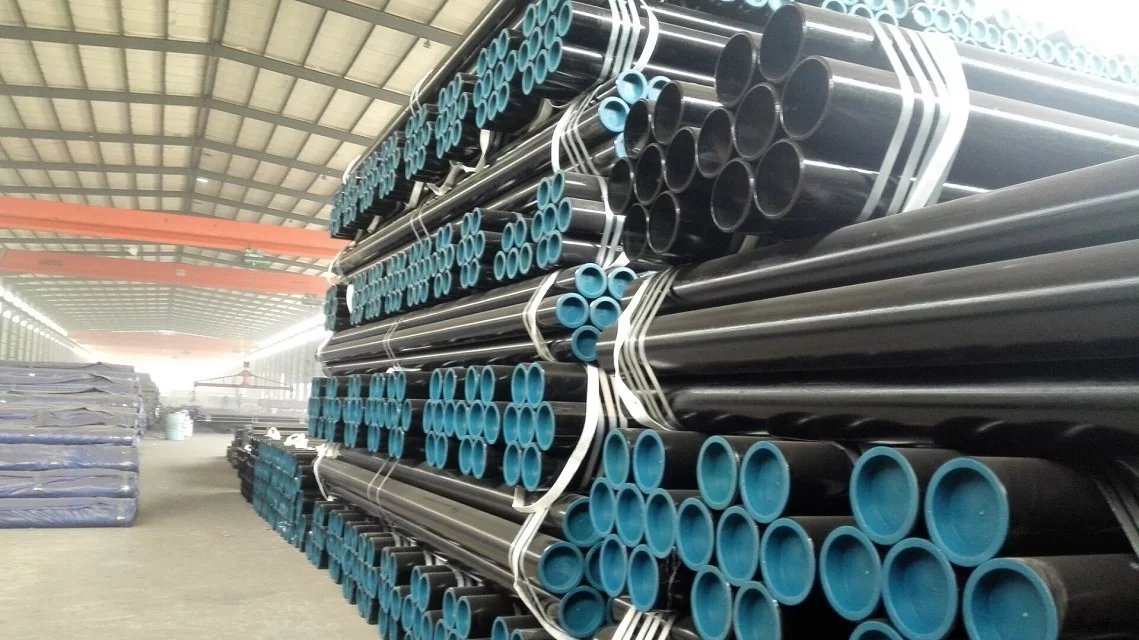-
Cangzhou Yulong Steel Co., Ltd.
-
Phone:
+86 13303177267 -
Email:
admin@ylsteelfittings.com
- English
- Arabic
- Italian
- Spanish
- Portuguese
- German
- kazakh
- Persian
- Greek
- French
- Russian
- Polish
- Thai
- Indonesian
- Vietnamese
- Zulu
- Korean
- Uzbek
- Hindi
- Serbian
- Malay
- Ukrainian
- Gujarati
- Haitian Creole
- hausa
- hawaiian
- Hebrew
- Miao
- Hungarian
- Icelandic
- igbo
- irish
- Japanese
- Javanese
- Kannada
- Khmer
- Rwandese
- Afrikaans
- Albanian
- Amharic
- Armenian
- Azerbaijani
- Basque
- Belarusian
- Bengali
- Bosnian
- Bulgarian
- Catalan
- Cebuano
- China
- China (Taiwan)
- Corsican
- Croatian
- Czech
- Danish
- Esperanto
- Estonian
- Finnish
- Frisian
- Galician
- Georgian
- Kurdish
- Kyrgyz
- Lao
- Latin
- Latvian
- Lithuanian
- Luxembourgish
- Macedonian
- Malgashi
- Malayalam
- Maltese
- Maori
- Marathi
- Mongolian
- Myanmar
- Nepali
- Norwegian
- Norwegian
- Occitan
- Pashto
- Dutch
- Punjabi
- Romanian
- Samoan
- Scottish Gaelic
- Sesotho
- Shona
- Sindhi
- Sinhala
- Slovak
- Slovenian
- Somali
- Sundanese
- Swahili
- Swedish
- Tagalog
- Tajik
- Tamil
- Tatar
- Telugu
- Turkish
- Turkmen
- Urdu
- Uighur
- Welsh
- Bantu
- Yiddish
- Yoruba

Nov . 21, 2024 07:06 Back to list
eccentric concentric reducer
Understanding Eccentric and Concentric Reducers Key Components in Piping Systems
In the world of piping and fluid transfer systems, the efficient management of flow is paramount. Among the various components used to ensure optimal flow rates and pressure stability, reducers play a crucial role. Specifically, eccentric and concentric reducers are essential fittings that adjust the diameter of pipes and facilitate smooth transitions between different sizes. Understanding the characteristics, applications, and advantages of each type of reducer is fundamental for anyone involved in pipeline engineering or installation.
What are Reducers?
Reducers are pipe fittings used to connect two pipes of different diameters. These components are designed to reduce or expand the pipe size for various applications, ensuring that fluid can flow efficiently from one section of piping to another. The primary types of reducers are eccentric and concentric reducers, each serving unique functions and suited for specific applications.
Eccentric Reducers
Eccentric reducers have a design that allows them to maintain a constant horizontal or vertical axis. This means that the smaller diameter end of the reducer is offset to one side, creating a ramp effect rather than a symmetrical shape. The offset design can be particularly beneficial in applications where it is critical to keep the top of the pipe at a constant height.
Applications
Eccentric reducers are commonly used in applications involving horizontal piping systems where avoiding the buildup of air pockets is crucial. The offset allows for effective drainage and minimizes the chance of undesirable pressure changes in the system. These reducers are often utilized in wastewater management systems, HVAC applications, and industrial water systems.
Advantages
- Air Venting Eccentric reducers facilitate the venting of air from the system, reducing the risk of blockages that could lead to pressure build-up. - Stable Flow The design helps maintain a stable flow rate, crucial for applications sensitive to pressure changes. - Versatile Positioning Their ability to maintain a specific elevation allows for flexibility in system design.
Concentric Reducers
eccentric concentric reducer

On the other hand, concentric reducers are symmetrical in shape, with the smaller diameter pipe centered directly above the larger diameter pipe
. This design creates a uniform flow path that is beneficial for specific fluid dynamics.Applications
Concentric reducers are often found in vertical installations, such as in chemical processing or petrochemical applications, where uniform flow dynamics are crucial. Their symmetrical design makes them ideal for systems where the direction of flow changes frequently or where balanced pressure is needed throughout the pipe.
Advantages
- Uniform Flow The concentric design promotes smooth and uniform flow, reducing turbulence and potential points of energy loss within the system. - Versatile Use Suitable for both vertical and horizontal applications, concentric reducers can adapt to various installation scenarios. - Ease of Installation Their symmetrical nature allows for easier alignment with connecting pipes during installation.
Choosing the Right Reducer
When selecting between an eccentric and a concentric reducer, several factors come into play. The specific flow requirements, the orientation of the piping (horizontal vs. vertical), and the kind of materials being transported (liquid, gas, slurry) will dictate which type is most appropriate.
For instance, if the goal is to maintain a consistent elevation to avoid air accumulation, an eccentric reducer will likely serve better. Conversely, if the design prioritizes balanced pressure and a stable flow path, a concentric reducer will be the preferred choice.
Conclusion
In conclusion, eccentric and concentric reducers are vital components of piping systems, each offering distinct advantages based on their design and placement. Understanding the differences between these two types of reducers allows engineers and installers to make informed decisions that can significantly impact the efficiency and effectiveness of fluid transport operations. As industries continue to evolve, the need for reliable and efficient piping solutions will only grow, further emphasizing the importance of these essential fittings in modern engineering.
Latest news
-
ANSI 150P SS304 SO FLANGE
NewsFeb.14,2025
-
ASTM A333GR6 STEEL PIPE
NewsJan.20,2025
-
ANSI B16.5 WELDING NECK FLANGE
NewsJan.15,2026
-
ANSI B16.5 SLIP-ON FLANGE
NewsApr.19,2024
-
SABS 1123 FLANGE
NewsJan.15,2025
-
DIN86044 PLATE FLANGE
NewsApr.19,2024
-
DIN2527 BLIND FLANGE
NewsApr.12,2024
-
JIS B2311 Butt-Welding Fittings LR/SR 45°/90° /180°Seamless/Weld
NewsApr.23,2024











